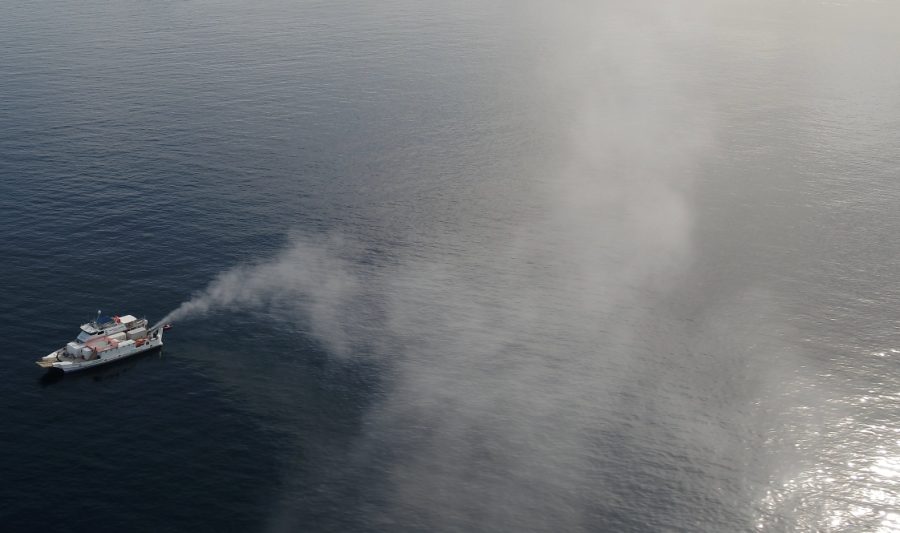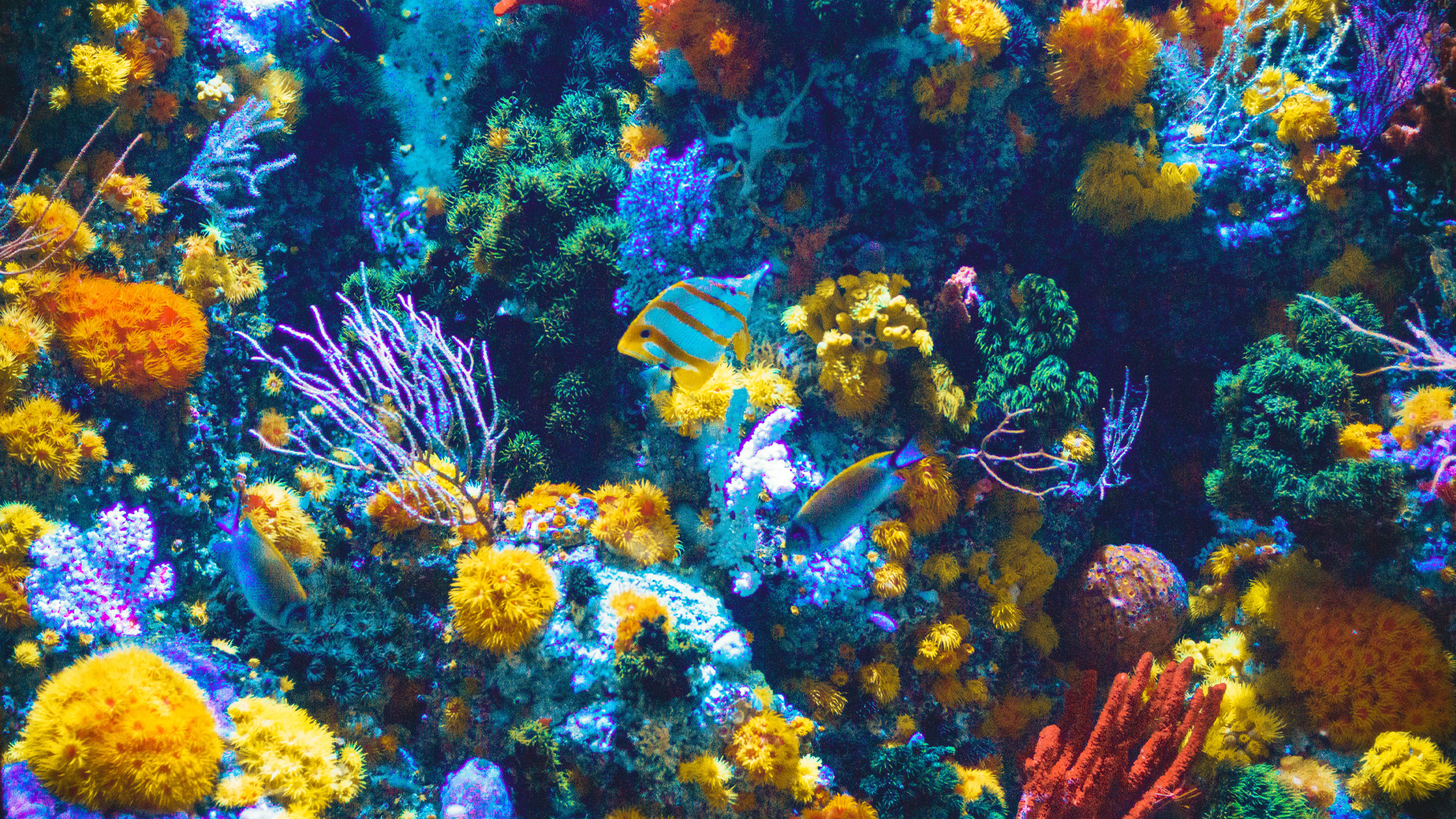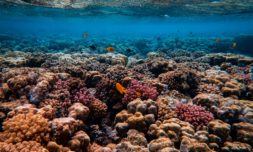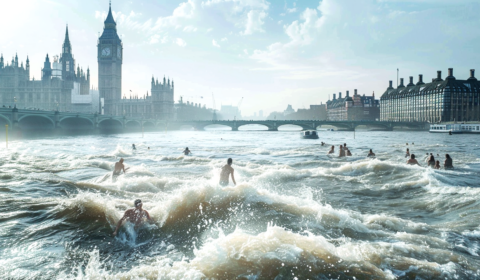In 2018, a study reported that half of the world’s largest coral reef system had died. Research teams in Australia are testing ways to alter clouds in hopes to salvage what remains.
Australia’s $300 million Reef Restoration and Adaptation Program is investigating and developing new technologies that will prolong the life of the Great Barrier Reef. One of its newer methods involves a repurposed ferry, a gigantic mist machine, and seawater.
In its most recent experiment, nanodroplets of seawater were blown out of 320 jets from the backend of a ferry as it floated 100km offshore. Sensors and drones tracked these droplets as they successfully drifted up into the atmosphere.
The idea is that these droplets would absorb into the clouds – brightening them, blocking sunlight, and providing cooling shade for the reefs below. It was the first trial in the world of this kind, and though the first attempt didn’t significantly alter the clouds, it did prove that it is possible.
You’re probably thinking: are humans really going around spraying seawater into the atmosphere, attempting to improve cloud cover to better protect reef colonies from the sun?
I’m here to let you know, yes. Yes, we absolutely are.























